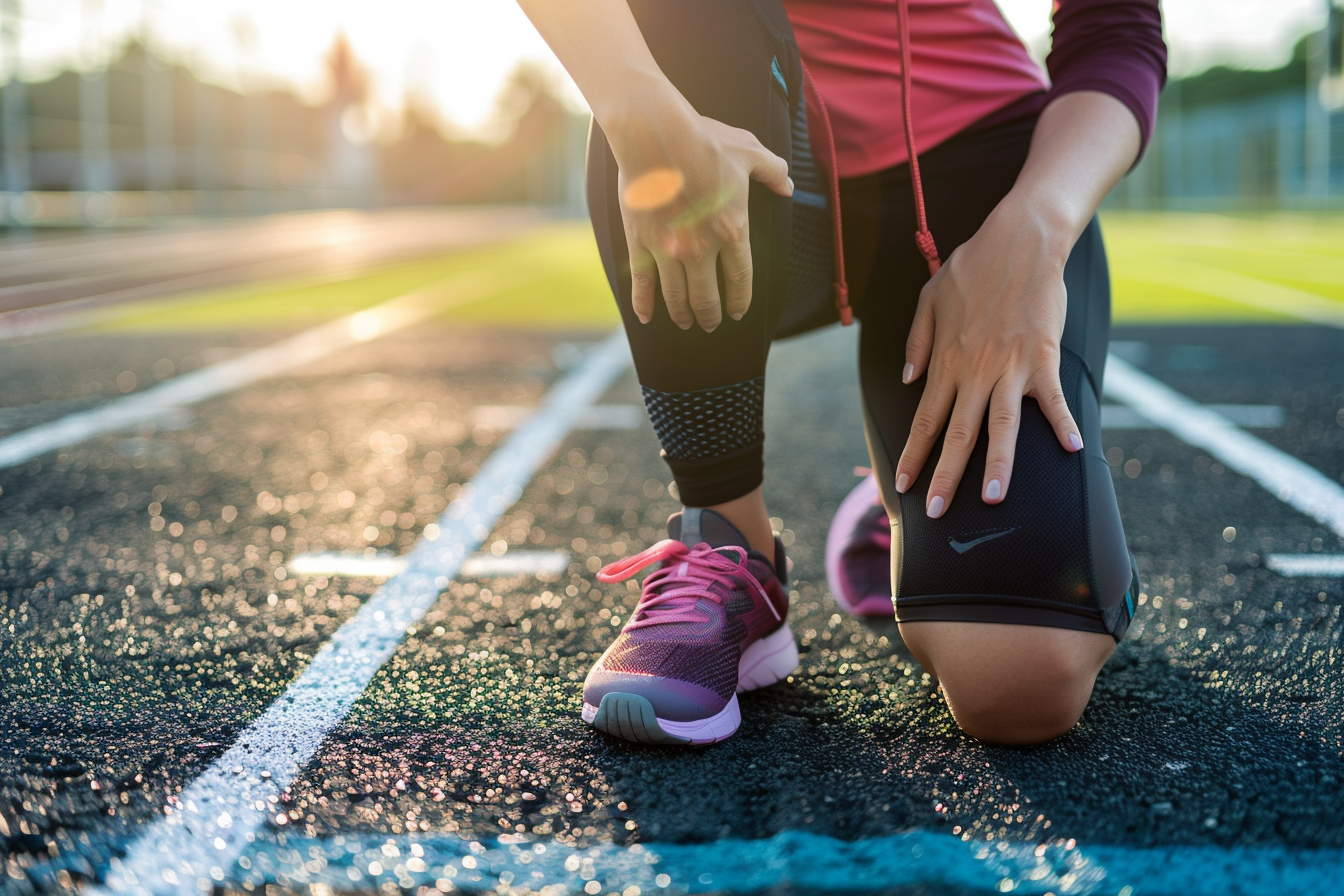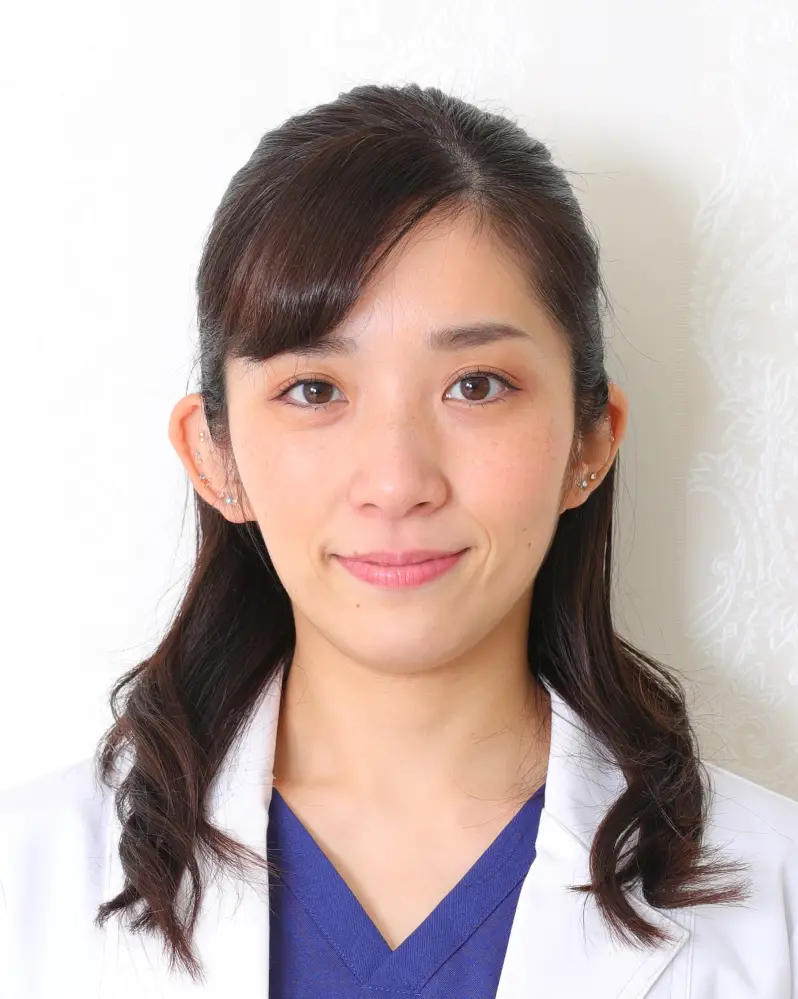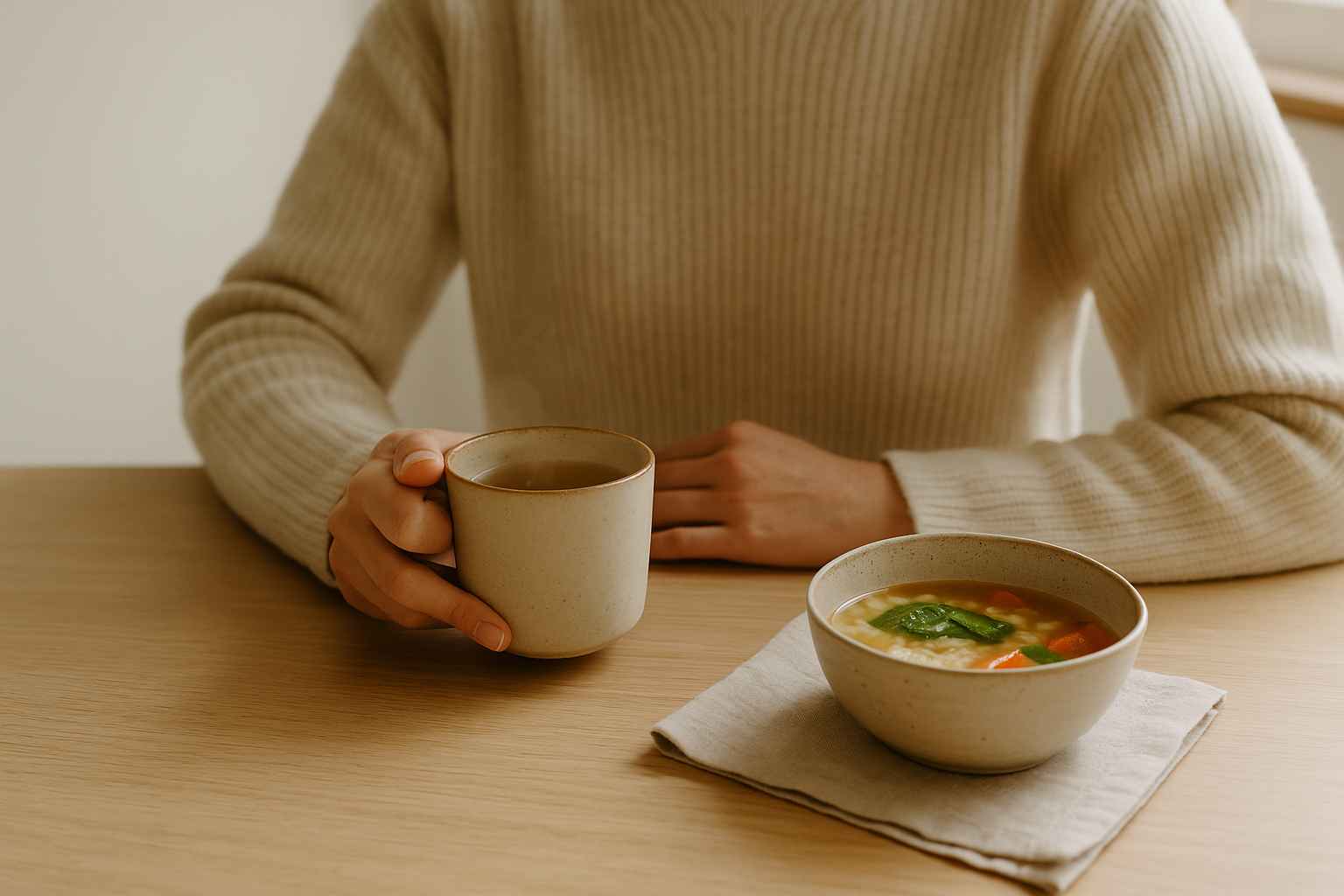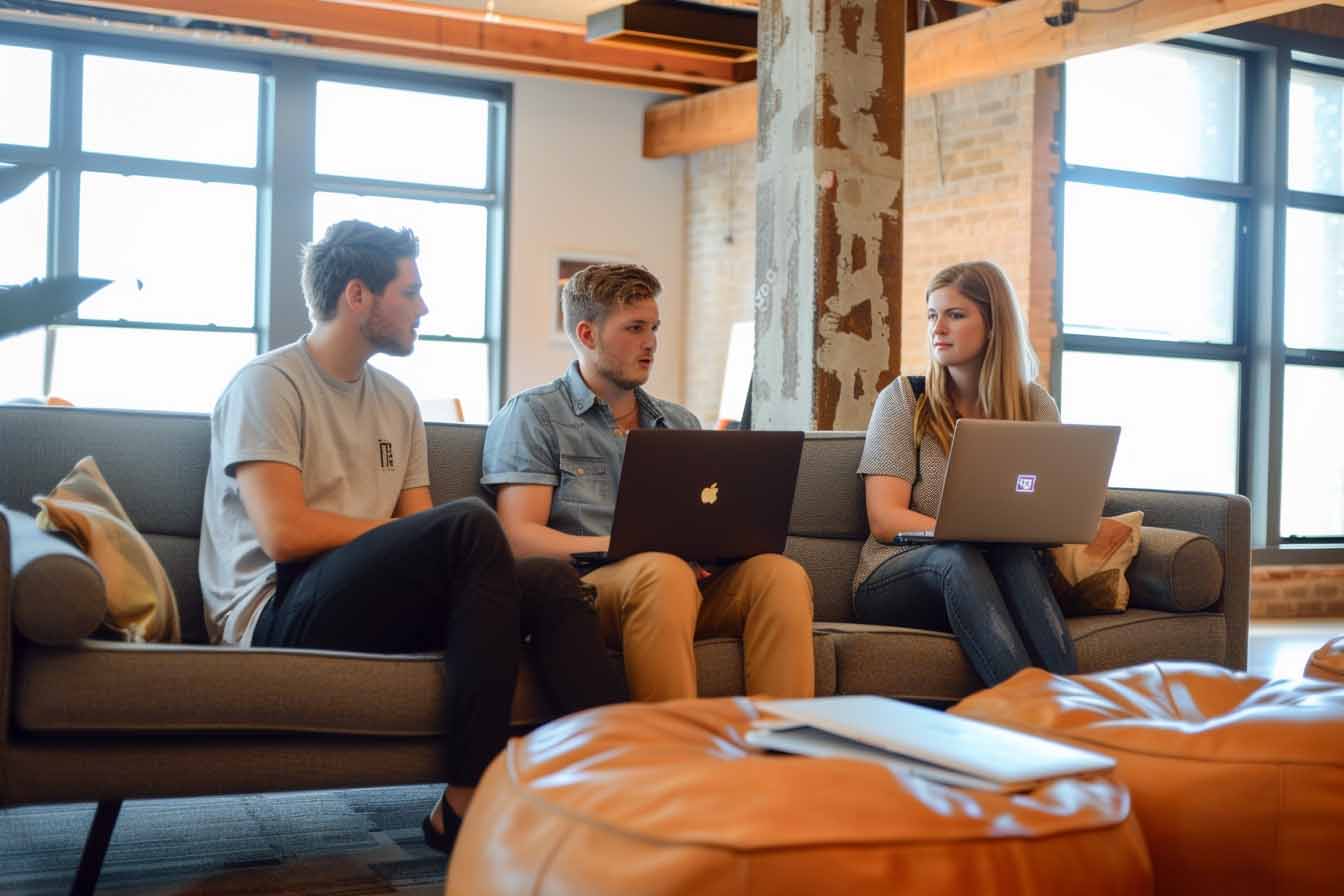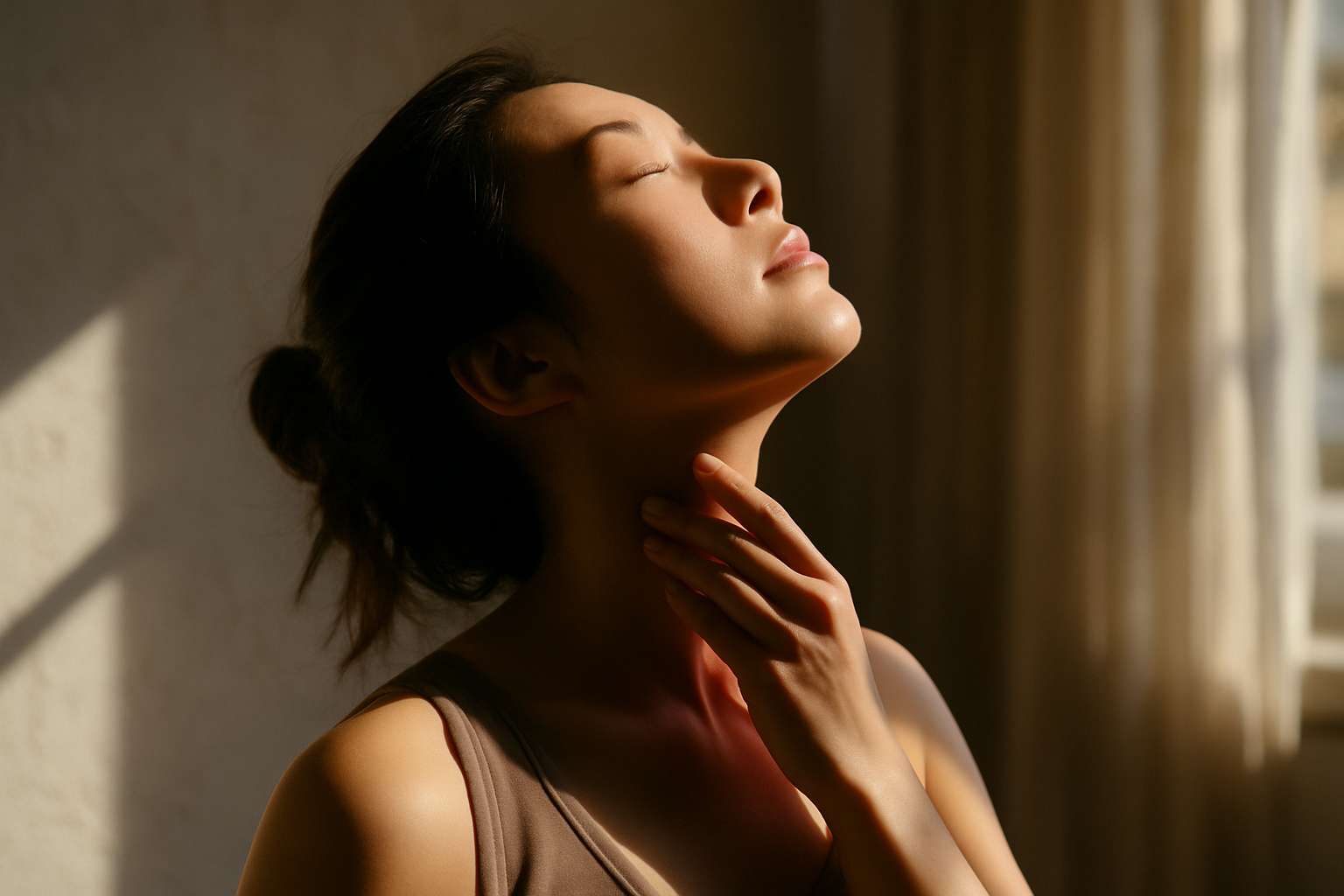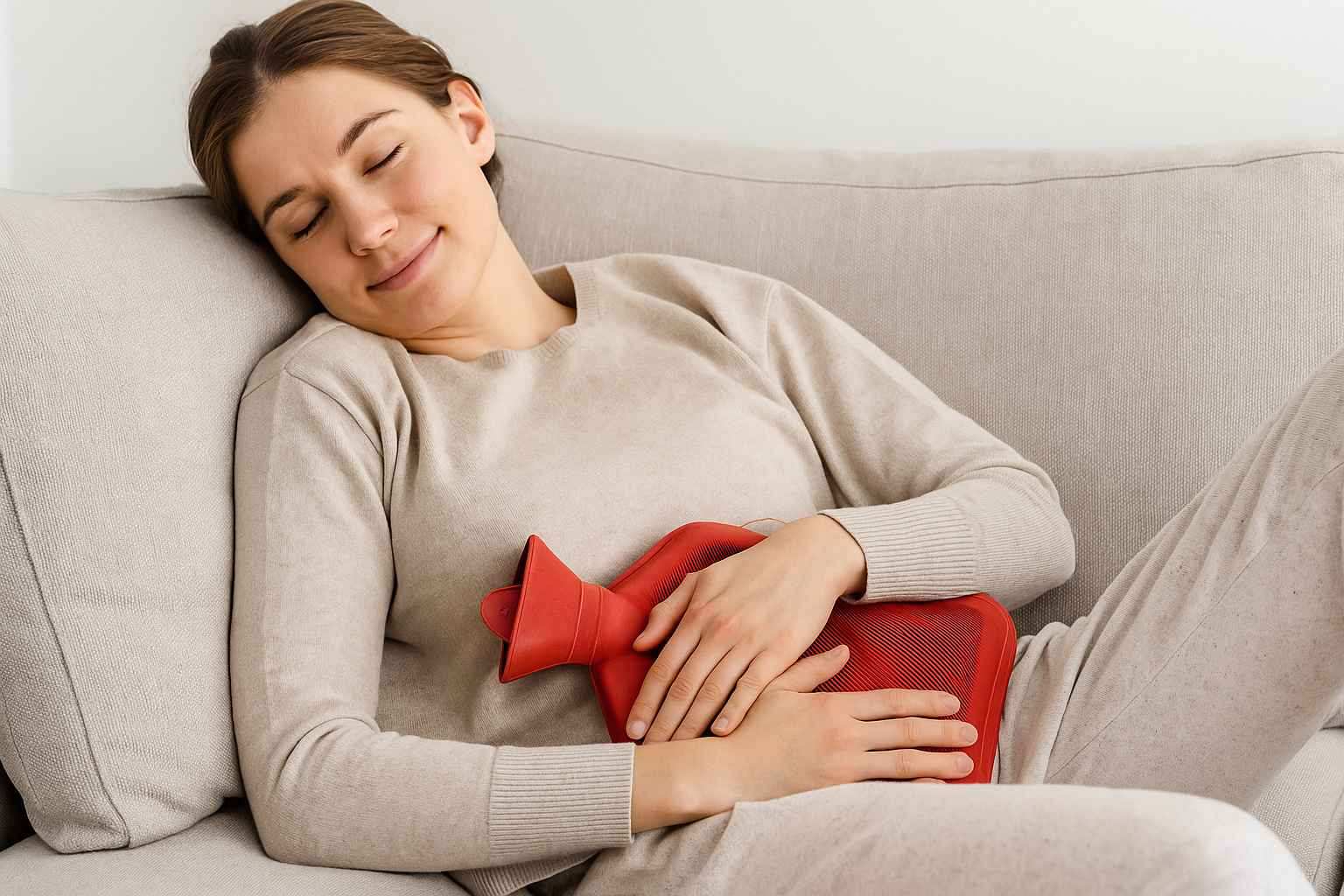Effective Acupressure Techniques for Post-Run Recovery
Logging high mileage each week can be tough on the body, especially on muscles like the calves, thighs, and lower back that take the brunt of repetitive impact. Adding post-run acupressure to your routine can help ease soreness, speed up muscle recovery, and even improve flexibility, making it easier to tackle your next run. We consulted Ms. Mai Sogawa, TCM therapist, for insights into acupressure points specifically suited for runners. If you’re interested in learning more about acupressure, you can check out our comprehensive guide on acupressure essentials to explore its benefits and techniques in depth.
Below, we’ll walk you through the most effective acupressure points for post-run recovery, how to find each point, and methods for stimulating these areas to get the most out of your acupressure routine.
Why Acupressure Helps with Muscle Recovery
Acupressure is a form of Traditional Chinese Medicine (TCM) that involves applying pressure to specific points along the body’s energy meridians. In TCM, stimulating these points helps release tension, promote blood flow, and improve the flow of Qi (vital energy) throughout the body. For runners, acupressure provides targeted relief for sore muscles, aids flexibility, and reduces the risk of injury by keeping muscles and tendons pliable and well-nourished.
Here are the main benefits of adding acupressure to your post-run routine:
- Reduces muscle tightness and promotes relaxation
- Increases blood circulation to sore or tight areas, aiding recovery
- Improves flexibility, reducing injury risk over time
- Boosts energy levels by promoting Qi flow through the body
Calf Recovery: Chengjin (BL-56) and Chengshan (BL-57)
Running can cause significant stress in the calf muscles, leading to tightness and even pain. Ms. Mai recommends the following acupoints to relieve calf soreness:
- Chengjin (BL-56)
- Location: BL-56 is located on a straight line connecting the heel and the back of the knee. It’s positioned at the 3/4 point along this line, closer to the knee. This places it within the upper part of the calf muscle along the bladder meridian.
- Technique: While seated, locate the point with your thumb. Apply pressure for 3–4 seconds, then release. For an extra stretch, point and flex your toes as you press.
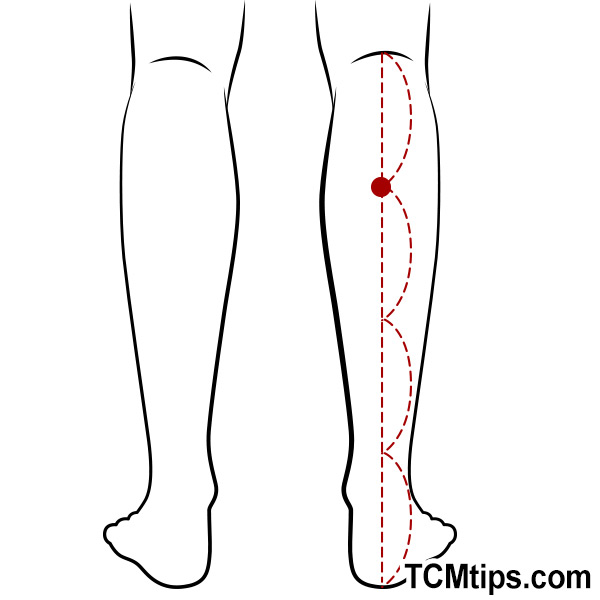
- Chengshan (BL-57)
- Location: Located a bit below Chengjin, Chengshan is in the groove between the calf muscles, just above where the Achilles tendon begins. You’ll find it in a small depression.
- Technique: Use your fingers to press and hold this point while moving your ankle up and down. This added motion can enhance relief by increasing blood flow to the area.
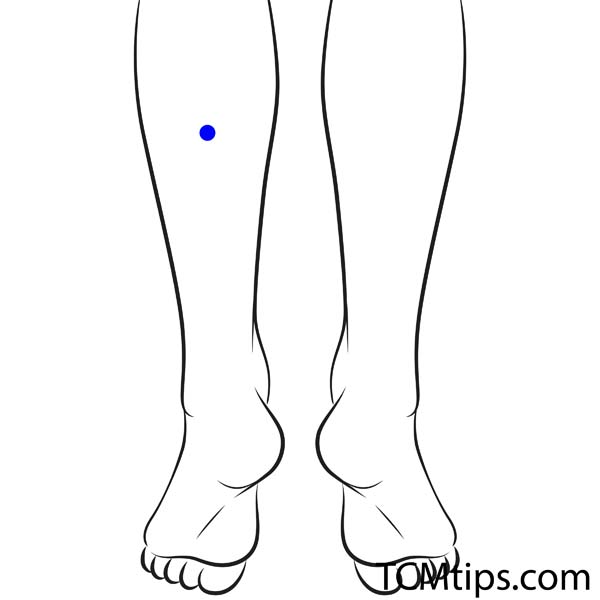
Both points help alleviate calf tightness, promote circulation, and support muscle recovery after a long run.
Thigh Recovery: Yinmen (BL-37), Futu (ST-32), and Biguan (ST-31)
The thigh muscles, including the hamstrings and quadriceps, are crucial for maintaining power and stability while running. Here are three acupressure points Ms. Mai recommends for thigh recovery:
- Yinmen (BL-37)
- Location: On the back of the thigh, approximately six inches below the gluteal fold (where the buttocks meet the thigh).
- Technique: Apply steady pressure to the center of the back thigh for 3–4 seconds. This point relieves hamstring tightness and enhances flexibility.
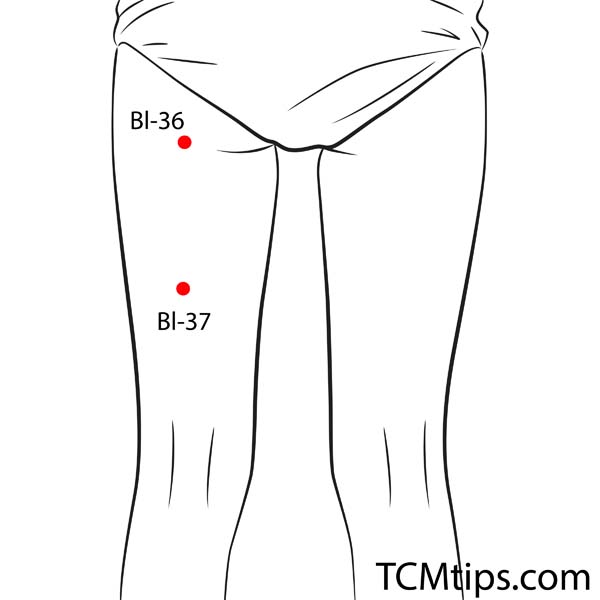
- Futu (ST-32)
- Location: Found on the front thigh, about six inches above the kneecap and aligned with the hip.
- Technique: Press into this point firmly using your thumb. Futu is especially helpful for alleviating tension in the quadriceps, a common soreness area for runners.
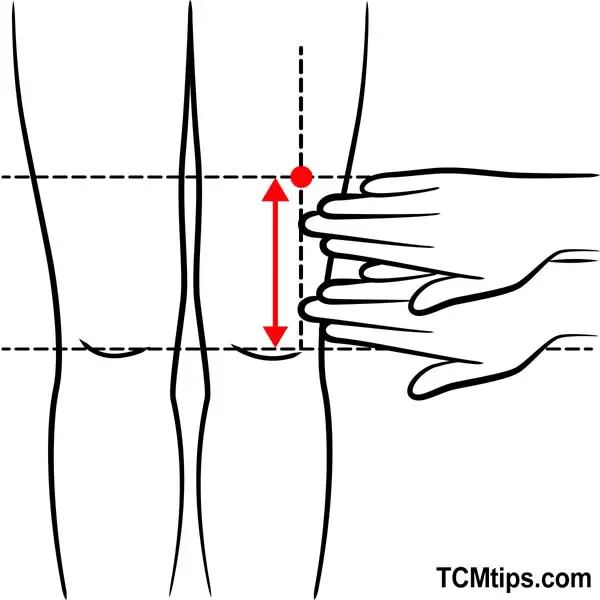
- Biguan (ST-31)
- Location: Situated on the upper thigh, close to the hip joint, about one hand-width below the groin.
- Technique: With the leg in a relaxed position, press firmly into this point to loosen up the hip flexors and improve mobility.
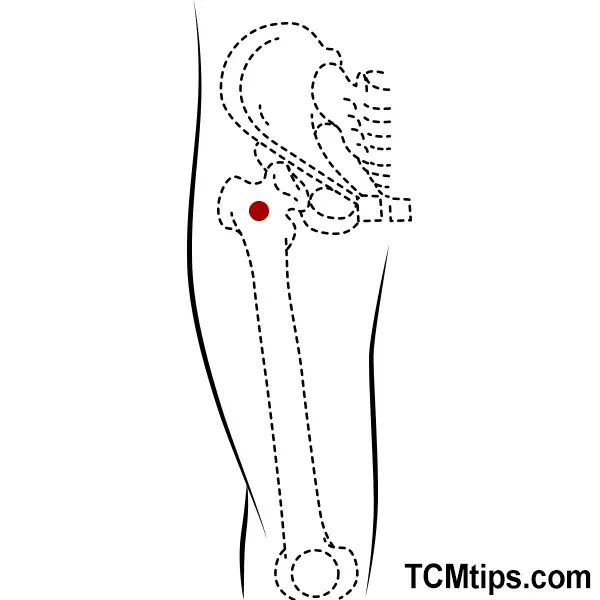
Using these points post-run can relax the upper and lower thigh muscles, reduce tightness, and enhance mobility for easier, pain-free movement.
Lower Back Recovery: Shenshu (BL-23), Dachangshu (BL-25), and Zhishi (BL-52)
Lower back pain is a common issue among runners, often due to the repetitive impact on the spine and hips. Targeting the following acupoints helps ease lower back tightness and aids in post-run recovery:
- Shenshu (BL-23)
- Location: This point lies near the second lumbar vertebra, about two finger-widths outward from the spine.
- Technique: Press and hold with your thumb for a few seconds, then release. This point supports lower back strength and helps relieve deep-seated tension.
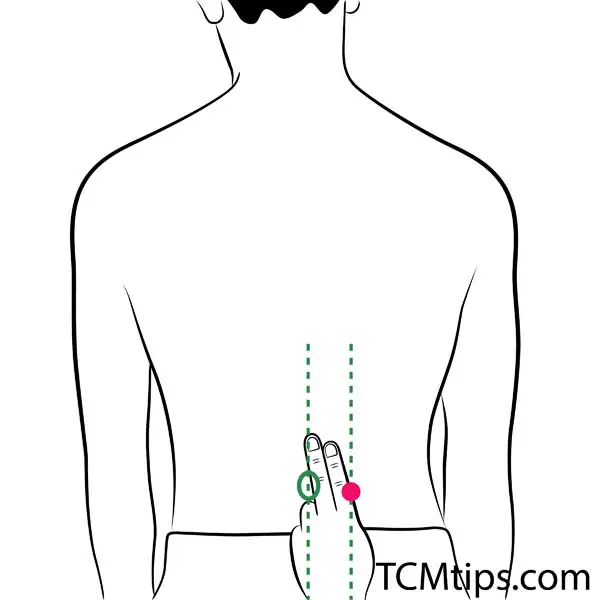
- Dachangshu (BL-25)
- Location: Found around the fourth lumbar vertebra, about two fingers outward from the spine.
- Technique: Apply firm pressure here, breathing deeply to release any back muscle tightness.
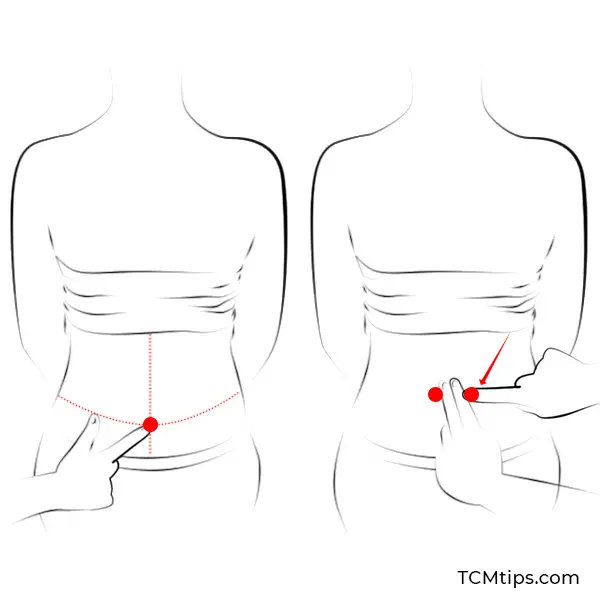
- Zhishi (BL-52)
- Location: Positioned slightly outward from Shenshu, approximately four fingers away from the spine.
- Technique: Gently press and hold this point, tilting your upper body side to side while pressing. This added movement can help stimulate and relax the surrounding muscles.
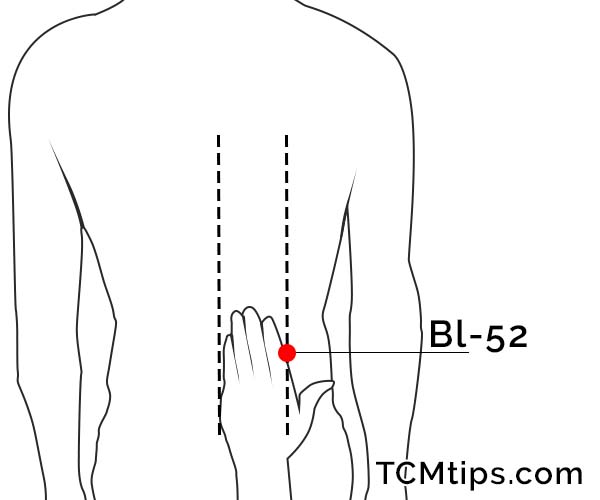
Together, these points offer effective relief for the lower back, helping to ease stiffness and improve flexibility in an area that is crucial for maintaining proper posture and core support during running.
Tips for an Effective Post-Run Acupressure Routine
Maximize the benefits of your post-run acupressure routine with these simple tips:
- Practice Consistently: Make acupressure a habit after each run for long-term benefits, especially if you’re running high mileage.
- Focus on Breathing: Deep breathing while applying pressure enhances relaxation and aids recovery.
- Stay Hydrated: Drinking water after acupressure helps flush out toxins released as muscles relax.
- Combine with Stretching: Stretching after acupressure helps maintain flexibility in areas prone to stiffness.
- Use Tools if Needed: If pressing with your fingers feels challenging, use an acupressure tool or massage ball to access these points comfortably.
Why Acupressure Belongs in Every Runner’s Routine
Acupressure offers a unique, non-invasive way to support recovery, prevent injury, and boost flexibility, all of which are crucial for runners. By focusing on the right points, you can help reduce the discomfort that often accompanies high-mileage running weeks.
Integrating these acupressure techniques into your routine can make a noticeable difference in how your body feels post-run, supporting long-term endurance, resilience, and overall well-being.

Try our Anti-Aging Gua Sha Tool designed to bring out your skin’s natural glow.
Best Gua Sha Product- Anti-Aging: The tool is designed to target 11 specific aging signs such as wrinkles and sagging skin. By following the 7-step routine, users can improve skin firmness and reduce fine lines naturally.
- Enhances Skincare Routine: It works effectively with serums and lotions, boosting absorption and efficacy of skincare products.
- Visible Skin Improvement: Users can expect a smoother complexion, reduced puffiness, and a more youthful appearance.
 P. Sze
P. Sze 